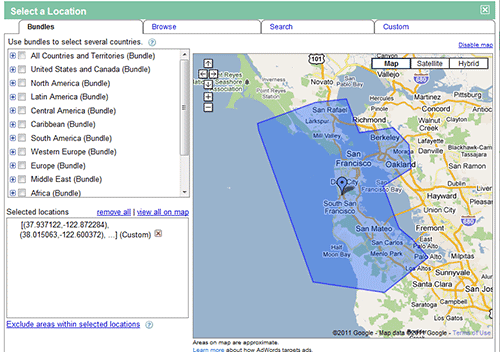At Least Read the Spam You’re Sending
Received in the Info address in-box of a CPA this morning:
From: Robert Howland
Sent: Tuesday, June 28, 2011 7:30:51 AM
To: info
Subject: new client
Dear ,We have a few prospects in your zip code that seek financial assistance. Would you be able to help them?
If you have the capacity to take on new clients, would you phone me?Regards,
Robert Howland
[company name]
nnn-nnn-nnnn
nnnn Willow Pass Road #164
Concord, Ca 94520
Robert, Seriously? You’re sending email to Dear [blank] and teasing them with prospects who need financial assistance?



